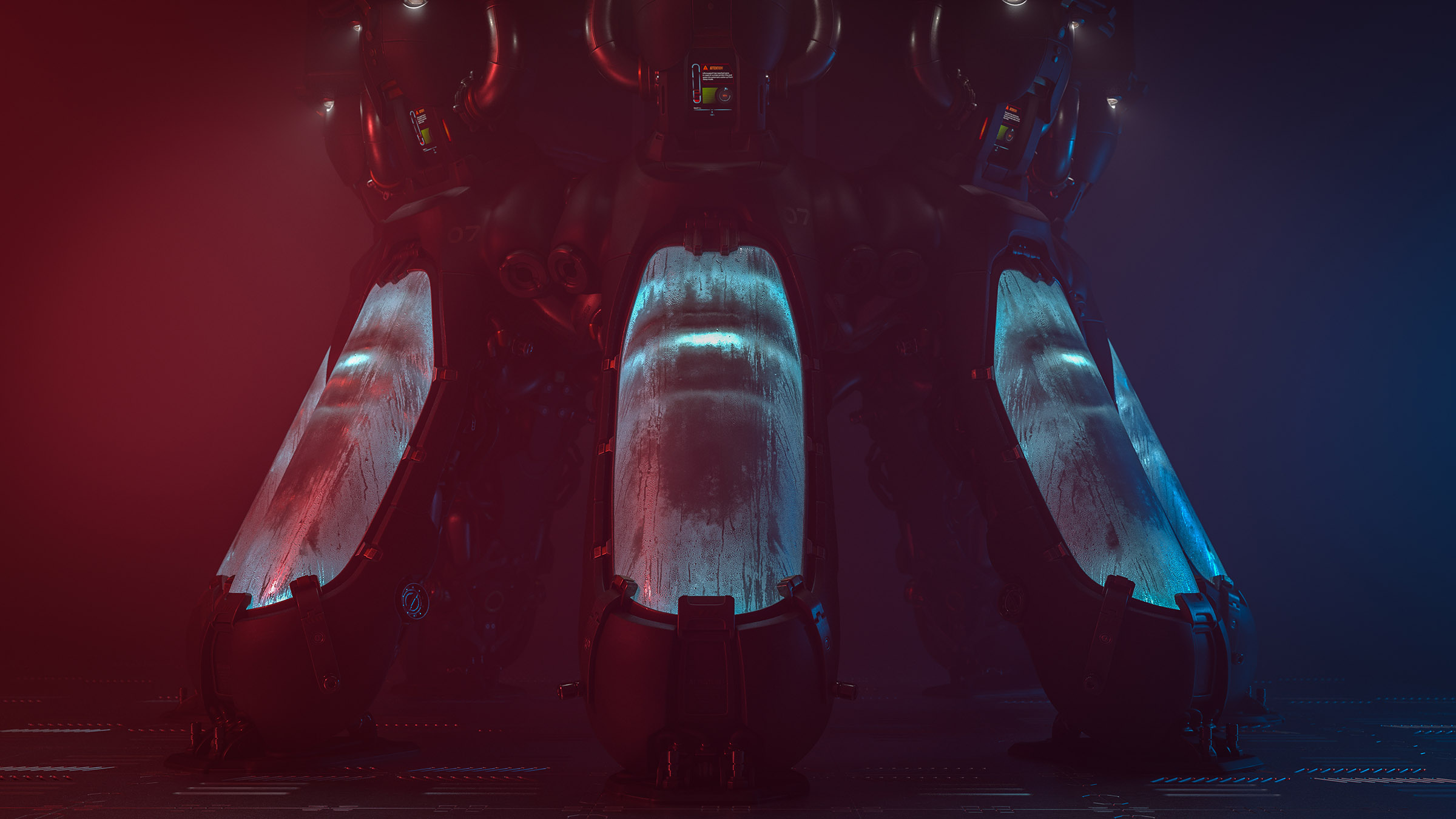A manned mission to Mars would take roughly six months one way for astronauts to travel to the Red Planet. When you start looking at planets and even other star systems beyond that point, you start talking about years spent traveling through space. To conquer this time issue, science fiction movies have come up with the idea of spaceflight hibernation. The next 10 years could make that sci-fi trope a reality.
The European Space Agency (ESA) says that induced torpor – the act of putting someone into hibernation – could be testable in humans within the next ten years. Being able to hibernate on a long mission like the one to Mars would not only save on the cost of the mission, but it could also help reduce the damage done to astronauts’ bodies. As such, spaceflight hibernation could prove very useful in space exploration.
Jennifer Ngo-Anh, a research and payload coordinator of Human and Robotic Exploration at the ESA co-authored a recent paper on inducing torpor in humans and how likely it would be to help with deep space exploration missions. If you’ve ever seen a sci-fi movie, you probably already know how this might work. Humans go into spaceflight hibernation, saving on costs for food and other things, while AI controls the ship.

On top of helping save food costs and helping to alleviate boredom on long space missions, induced hibernation in humans could also help address the bone loss astronauts experience after long stints in microgravity. We’re already seeing some of the effects that microgravity can have on astronauts thanks to the International Space Station. Addressing that concern is a priority for many before any deep space mission can take place.
Ngo-Anh says that a lot still needs to be fine-tuned before spaceflight hibernation is tested on humans. However, she says that ten years isn’t an unrealistic timeline. As such, we could see more priority toward testing this subject and proving whether it’s reliable for humans. The paper says researchers have already seen some success with induced torpor in non-hibernating animals.
It’s an intriguing idea, being able to put humans into spaceflight hibernation during long missions. And, if it can solve some of the issues surrounding deep space exploration, manned missions to Mars could be more realistic than ever. Of course, there are still benefits to cutting down those travel times with nuclear-powered spacecraft, but that’s something else scientists are working on.








